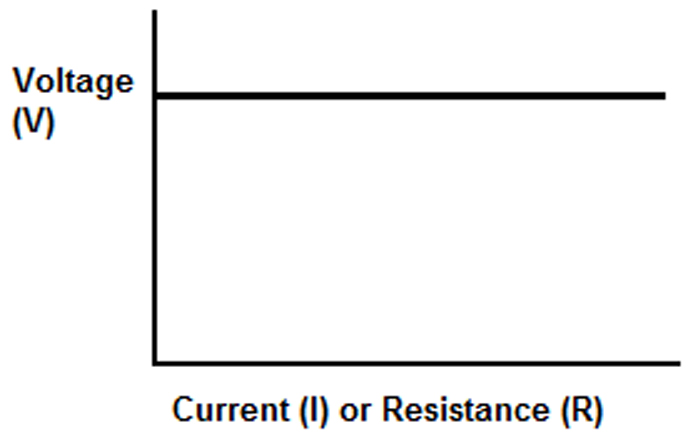As light emitting diodes become the standard lighting, it is important to understand the dissimilarities between watts and lumens, as well as how to establish the right amount of lumens for achieving optimum atmosphere in a space
Lumens vs. Watts
Let’s get to understand what lumens are: The lumen is an international scientific measurement standard for the quantity of light generated by a specific light source or its measured brightness. On the other hand, Watts measure the required amount of energy necessary for operating a light source.
The only challenge here is that there isn’t a mathematical formula to convert watts to lumens, like in converting kilograms (Kgs) to miles.
But still below chart will help you in choosing lights based on output Lumens:
Think Lumens, and Not Watts
The advent of LED technology (which is more energy efficient) has changed the lighting landscape. It has rendered the use of conventional bulbs meaningless. Unfortunately, this rapid change in technology has made the old-fashioned “Watt” light measurement less able to accurately indicate the bulb brightness. This does not allow for the different efficiency in conventional types of lights (i.e. filament bulbs, halogen & fluorescent) and LEDs. This is why light output should be measured in Lumens and not watts.
Thus, the energy industry is now opting to use a more stable as well as widely-accurate unit to measure light intensity commonly known as Lumens.
Understanding Lumens
Lumens (abbreviated as lm) is a measure of light emitted by a lamp/ bulb (but it must be visible with the naked eye). The greater the Lumens number, the brighter the light.
Understanding Watts
On the other hand, watts don’t measure the brightness, rather the amount of electricity used.
Bulb Luminous Efficacy
The effectiveness of bulbs is expressed in terms of the lumen-to-watt ratio. This is the number of lumens produced for each and every watt consumed.
The rate of conversion of watts to lumens by bulbs varies and is dependent on the technology used. Lighting bulbs producing more L/P (i.e. lumens-per-watt) are cheaper to run since they generate more light and use less power.
LEDs possess the highest L/W ratio—what this means is that they are capable of generating a higher amount of light (from the bulb in question) for relatively little energy.
Longer-Lasting and Energy-Saving LEDs
The introduction of LEDs tremendously reduced power parameter requirement for buyers. This is because you’ll be getting a bulb fixture that’ll cost you 90% less as far as your electricity bills are concerned. What’s more, these bulbs are likely to last longer. Producing less heat as compared to incandescent bulbs helps LEDs to realize a 50,000 hr. lifespan.
So, when shopping around for a replacement lighting bulb, think of lighting fixture that’s brighter, longer-lasting, as well as more energy-efficient—the LEDs.
Lumens vs. Candelas
The two measurements can be confusing and are similar. However, they have subtle differences. Lumens are used to measure the amount of light emitted (i.e. the total visible amount of lights from a given source). This is also known as its luminous flux. On the other hand, candelas are used to measure the luminous intensity. It is also important to note that candelas are more predominant in America, while the EU prefer lumens.
Now since you have fair idea about Lumens, therefore please check out our LED Lights with high Lumens output




















.png?format=1500w)


